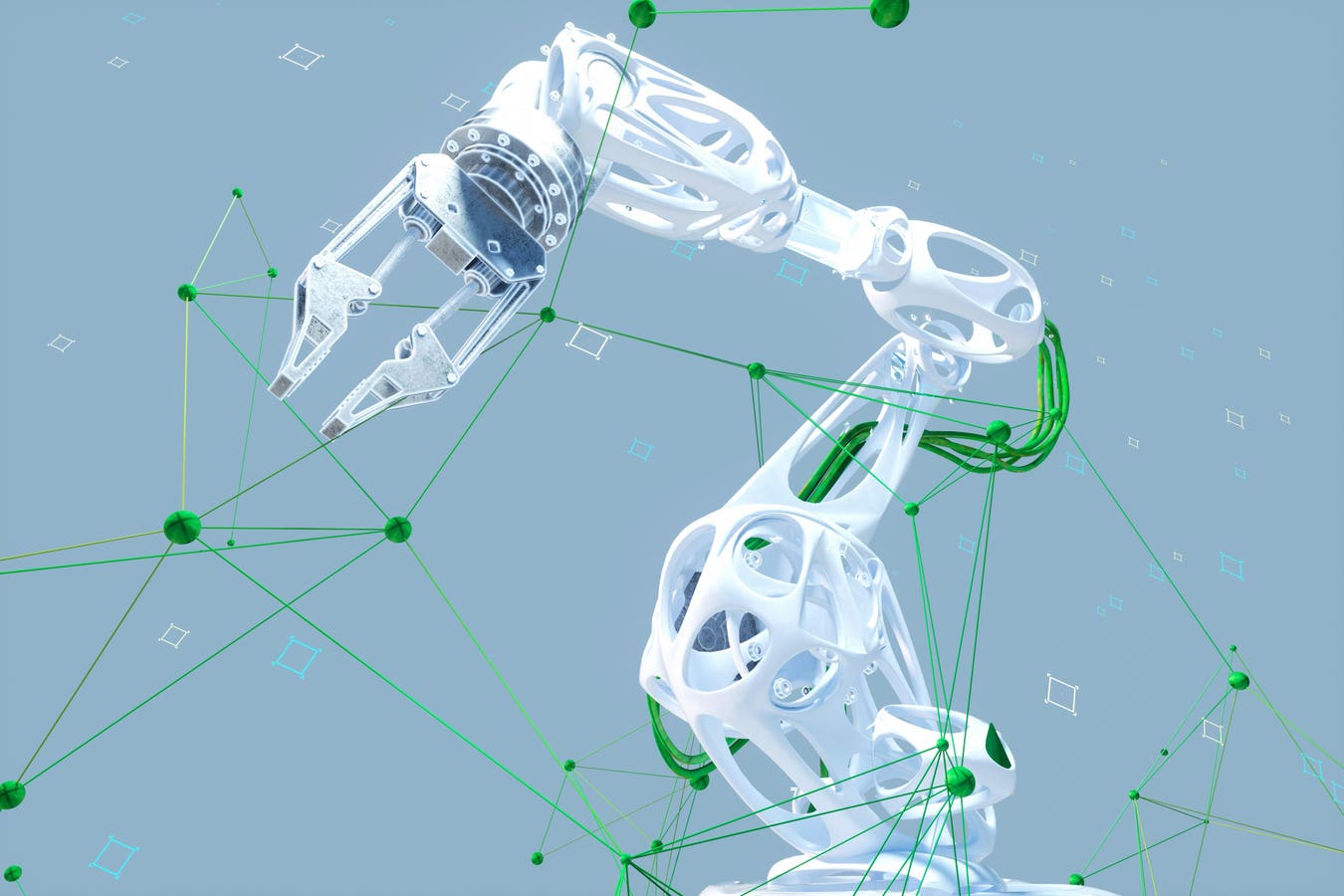Partner & CSO at Fulfillment IQ, Harshida Acharya leads supply chain digital transformation for enterprise brands and Fortune 500 companies.
Global spending on AI in supply chain operations is projected to exceed $20 billion annually by 2030. Investments in AI across supply chains are growing rapidly; however, 30% of these initiatives are expected to be abandoned. For third-party logistics (3PL) providers, the stakes are especially high.
Missteps in AI adoption—caused by unclear goals, insufficient planning or overconfidence—can lead to wasted resources and missed opportunities. AI offers 3PLs the tools to address these challenges, but the key lies in identifying and implementing solutions strategically.
The Role Of AI Technologies In Transforming 3PL Operations
AI technologies are transforming 3PL operations by automating tasks, improving decision making and enabling greater scalability. While much is still being discovered about how relevant some of these technologies will be, here are some that I think will be most influential.
By creating virtual replicas of supply chains or warehouses, digital twins simulate operations, allowing 3PLs to identify inefficiencies, test new layouts and predict future bottlenecks. This helps optimize workflows without disrupting physical processes.
Agentic automation is streamlining repetitive tasks such as sorting, labeling and packing. Generative AI (GenAI) is making its mark in logistics by creating adaptive tools for dynamic pricing, demand forecasting and automated document creation. For instance, GenAI can analyze customer patterns to generate predictive shipping schedules or create tailored supply chain strategies for different client segments.
Robotics powered by AI is also transforming warehousing operations by automating picking, stacking and moving goods. These robots can navigate complex layouts, work alongside humans and adjust to changing inventory needs, providing greater flexibility and reliability.
How Can 3PLs Identify Opportunities For AI Implementation?
To implement AI successfully, 3PLs must take a methodical approach to identifying opportunities. This begins with understanding existing operations and focusing on areas where AI can provide the greatest impact.
Evaluate current operations. Start by analyzing processes that are manual, repetitive or prone to errors. For example, tasks such as inventory checks, invoice reconciliation or route planning often require significant time and resources. These areas are prime candidates for automation and optimization through AI.
Prioritize measurable impact. Focus on use cases that align with business objectives, such as reducing costs, increasing throughput or improving delivery accuracy. For example, implementing AI-powered route optimization can cut transportation costs while enhancing on-time performance, directly benefiting both clients and the bottom line.
Consider scalability. Assess whether the selected AI solution can be scaled across multiple facilities or regions. Piloting AI for warehouse automation in one location may yield promising results, but the technology must also integrate with broader operations to maximize ROI.
Address feasibility. Evaluate whether your current infrastructure supports AI implementation. For example, introducing robotics may require updated warehouse layouts and robust connectivity, while predictive analytics may depend on consolidated, high-quality data.
Use Cases Of AI In Key 3PL Operations
AI use cases in 3PL operations span multiple functional areas, each offering specific opportunities to optimize performance. Here are the areas I’ve seen the most success in:
Transportation Optimization: AI-driven route planning improves fleet utilization, reduces fuel consumption and shortens delivery times. By analyzing traffic patterns, weather conditions and order priorities, AI-powered tools can dynamically adjust delivery routes in real time, ensuring cost efficiency and meeting tight delivery windows.
Warehousing Operations: Agentic automation is transforming warehouse operations by handling repetitive tasks like sorting, packing and labeling. These systems adapt to changing inventory types and operational demands, reducing processing times and minimizing errors.
Generative AI For Documentation: Generative AI simplifies and accelerates administrative tasks by automating the creation of invoices, shipping labels and compliance documentation. For example, a 3PL can use GenAI to generate custom shipping reports for different clients, reducing the administrative burden on staff while ensuring accuracy.
Customer Service Enhancement: AI-powered chatbots provide real-time tracking updates, address inquiries and resolve common issues, freeing up customer service teams to handle more complex concerns. These chatbots leverage natural language processing to deliver accurate and timely responses, improving customer satisfaction.
Project Management: AI tools enhance project timelines and resource allocation. Predictive analytics can identify potential delays and recommend contingency plans, allowing 3PLs to plan effectively for peak seasons and dynamic customer demands.
The BXT Framework: A Guide To Successful AI Implementation
For 3PLs, identifying and implementing AI solutions effectively requires a comprehensive framework that balances business goals, user experience and technological capabilities. The BXT Framework—Business, Experience and Technology—provides a structured approach to ensure success.
Business: Align AI Initiatives With Strategic Goals
Begin by defining clear objectives for AI implementation. Are you looking to reduce operational costs, enhance delivery accuracy or scale warehouse operations? Every AI project should address a specific pain point and align with broader organizational goals.
Assess the financial impact of the proposed AI solution. Calculate potential ROI, factoring in cost savings, productivity improvements and customer satisfaction gains. This ensures that AI investments deliver tangible results and meet executive expectations.
Experience: Design AI Solutions Around End-Users
AI solutions must be user-centric, enhancing workflows for employees and creating seamless experiences for customers. Engage employees early in the adoption process by providing training and addressing concerns about job displacement. A well-informed workforce is critical to the success of AI initiatives, as they are the ones who will work alongside these tools.
Technology: Ensure Scalability And Integration
Choose AI technologies that integrate seamlessly with your existing systems. Avoid solutions that operate in silos or require extensive customization, as these can complicate implementation and increase costs.
Scalability is another critical factor. Pilot projects are valuable, but the selected technology must also work across multiple facilities and geographies. For example, agentic automation tools should be able to handle varied product types and warehouse layouts without requiring significant reconfiguration.
Conclusion
AI is no longer a futuristic concept for 3PLs. By leveraging technologies like agentic automation, digital twins and generative AI, 3PLs can excel operationally. However, successful adoption requires a deliberate approach.
Through structured evaluations of current operations, prioritization of high-impact use cases and the application of the BXT framework, 3PLs can ensure that AI investments deliver meaningful results.
Forbes Technology Council is an invitation-only community for world-class CIOs, CTOs and technology executives. Do I qualify?








